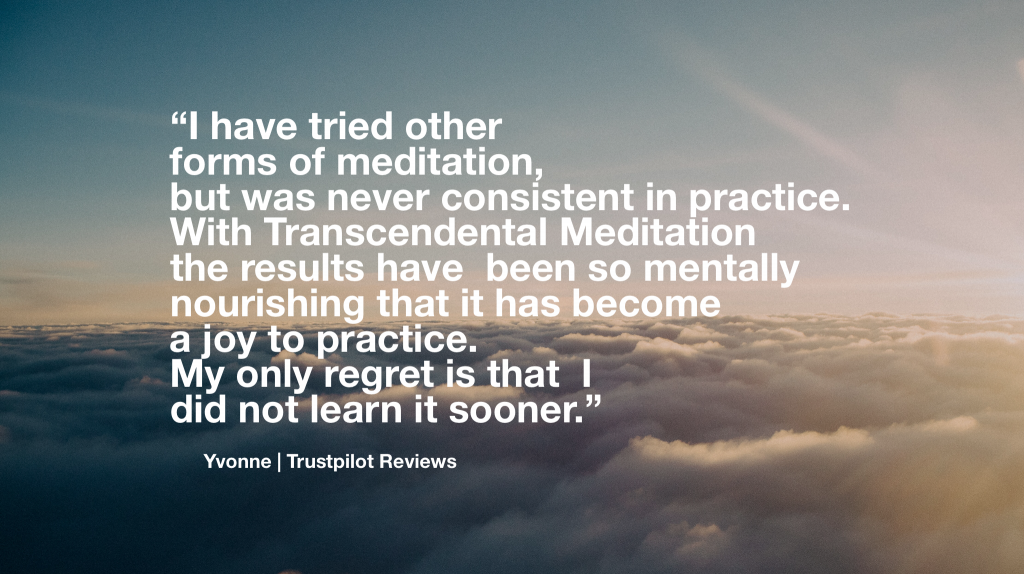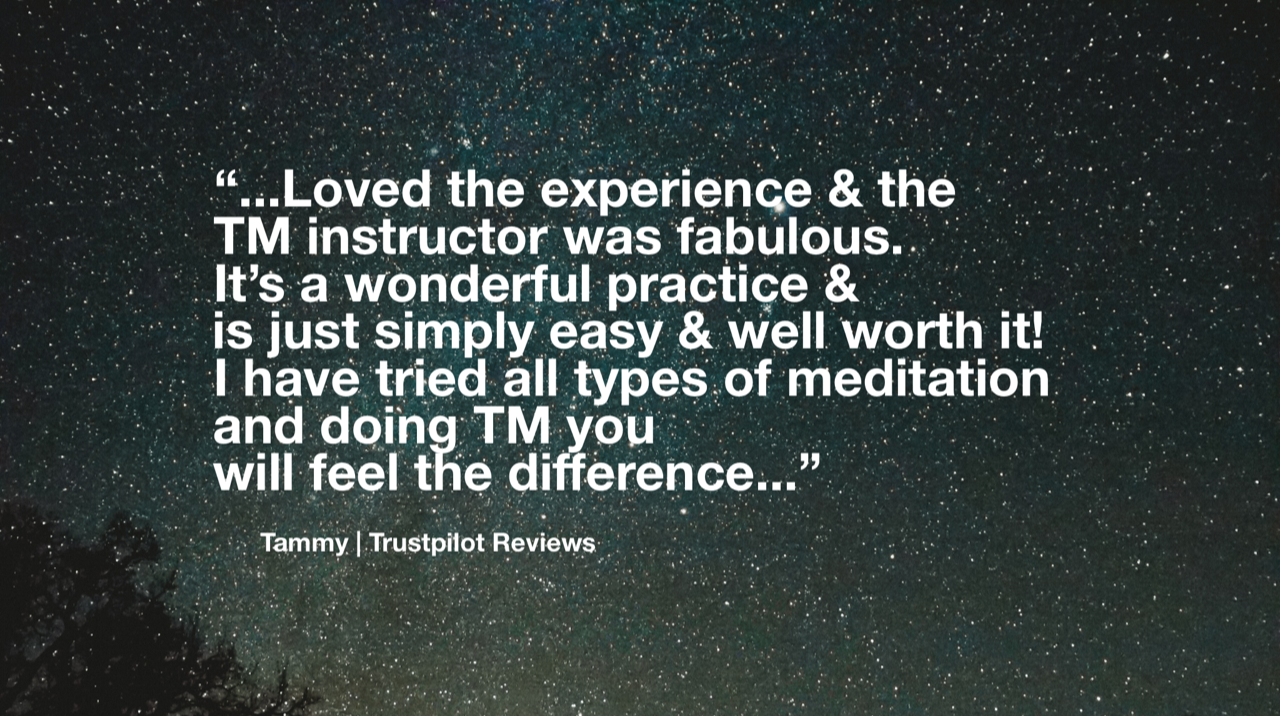In 2019, meditation isn’t exactly mysterious. Given the evidence, we all know we should meditate. Modern life is demanding and stressful, and in a lot of ways meditation is the perfect antidote. But while having the intention to meditate is one thing, establishing and maintaining a regular practice is another thing entirely.
When you’re in a good flow, you might be exercising, eating healthy, and getting a good amount of sleep. But when your life gets more demanding, healthy habits can fall to the wayside, and meditation is often the first to go. Despite knowing how good it is for both mental and physical health, it can feel like a chore to sit down and actually do it! There is always another thing to do or place to be, and we’re conditioned to always be on, to always go, go, go.
So what can you do to help yourself prioritize your meditation practice? For starters, choose one that you enjoy doing.
Not all meditation techniques are the same and some of them, quite frankly, well, they’re just not enjoyable!
So it might not be you. It might be that your meditation technique is the thing that’s letting you down.

The Two Biggest Meditation Myths
The most common misunderstanding is that all meditation techniques are the same. In reality, “meditation” is a generic term. Different techniques involve unique instructions, have their own goals, and produce a wide array of outcomes. Due to this misconception, you might try one technique, find you don’t like it or can’t stick with it, and give up on meditation altogether.
The other major meditation myth is that you always need to sit a certain way and empty your mind of thoughts in order to experience inner peace. Whether or not they work, meditation techniques that involve a struggle often feel tedious and unenjoyable, and a technique you can’t bring yourself to practice won’t provide you with much more than feelings of guilt or failure.

Don’t Buy Into the Myth
The TM technique is a simple, mantra-based technique that’s easy to learn, and truly enjoyable to practice. It allows your active mind to naturally settle inward, without any effort, until you experience the most silent level of your own awareness. Concentration, controlling the mind, monitoring thoughts, or emptying the mind is not involved. Thoughts are a natural part of our brains, and the TM technique doesn’t fight that.

There are many meditations to choose from, so many that it can be confusing at times. If you’re interested in learning more about the TM technique before you sign up to learn, there are 180+ TM centers across the United States that regularly host free intro talks. The talks are purely informative, diving into how the technique works and the many benefits of the practice.
Find a TM intro talk near you ►
You can also read more independent reviews from recent TM course participants here.




